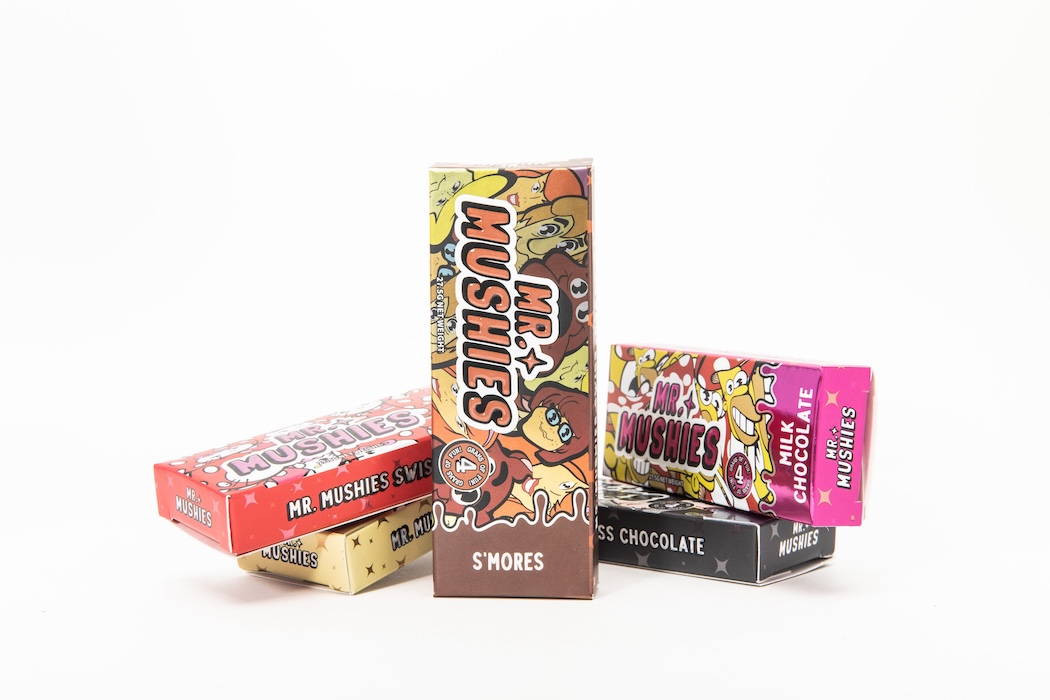Dosing Guide
Microdose: 0.10 – .20 grams
Microdosing refers to the practice of taking very small, “sub-perceptual” amounts of a psychedelic substance. In other words, you don’t feel the dose or if you do it’s very mild. In the context of psilocybin mushrooms, a microdose is typically around 0.1 to 0.3 grams of regular Psilocybe cubensis mushrooms.
Low dose: .5 to 1 grams
Low doses typically range from about 0.5 to 1 grams of regular Psilocybe cubensis mushrooms, which equates to approximately 0.25 to 0.5 grams of Penis Envy mushrooms due to their higher psilocybin content. At this dose, users may begin to feel a noticeable yet still manageable intensity of psilocybin’s effects without full-blown psychedelic experiences.
Why would I want to take a low dose?
Exploration of Consciousness: At this dose, individuals may start to experience a subtle shift in perception, potentially allowing for increased introspective insights and a gentle alteration in consciousness.
Enhanced Creativity and Problem-Solving: While not as pronounced as with microdosing, a low dose can foster increased creativity and novel ways of thinking.
Introduction to Psilocybin: For those new to psilocybin, a low dose can provide a gentle introduction, allowing the individual to become familiar with its effects before considering higher doses.
Therapeutic dose: 1 to 3 grams
Therapeutic or moderate doses usually fall between 1 and 3 grams of regular Psilocybe cubensis mushrooms. These doses are typically used in a therapeutic context, often with professional guidance, leading to deeper, more profound psychological experiences.
Heroic / Macrodose: 3 to 5 grams+
A high or macrodose typically ranges from 3 to 5 grams of regular Psilocybe cubensis mushrooms. These doses can lead to profound psychedelic experiences, often referred to as “trips”. These experiences can vary greatly and might include altered perceptions, feelings of unity or interconnectedness, mystical experiences, and significant emotional shifts.
Microdosing refers to the practice of taking very small, “sub-perceptual” amounts of a psychedelic substance. In other words, you don’t feel the dose or if you do it’s very mild. In the context of psilocybin mushrooms, a microdose is typically around 0.1 to 0.3 grams of regular Psilocybe cubensis mushrooms.
One prevalent misbelief regarding microdosing involves the expectation of stimulated visuals. Typically, those effects don’t manifest at doses under 1 gram, while visual hallucinations generally don’t appear at doses below 5 grams. Given that a true microdose only contains about 0.1-.2 grams, correct consumption ensures you won’t encounter auditory or visual hallucinations.
When taking larger doses (1-2 grams+), we recommend waiting at least 5-7 days before another dose.
If you’re microdosing (.1-.20 grams), we recommend doing one on, one off. i.e, microdose on Monday, skip Tuesday, and microdose again on Wednesday and so on.
Cognitive Enhancement: Some users report improved creativity, focus, and problem-solving abilities when microdosing. This is presumably due to the stimulating and cognition-enhancing effects of psilocybin at low doses.
Mood Enhancement: Anecdotal reports and preliminary research suggest that microdosing psilocybin may improve mood and possibly help manage symptoms of depression and anxiety.
Personal Growth & Self-Understanding: Some individuals microdose as part of a broader process of introspective self-exploration, claiming that it helps them gain insights into their personal lives and improve their overall self-awareness.
Physical Well-being: Some users report improved energy levels, better sleep, and a general sense of well-being while microdosing.
What are the benefits of microdosing?
Potential Benefits of Microdosing: The benefits of microdosing psilocybin, based on anecdotal evidence and early scientific research, may include:
Enhanced mood and reduced symptoms of depression and anxiety.
Increased creativity, focus, and cognitive flexibility.
Improved energy levels and motivation.
Positive changes in perception and spiritual awareness.
Potential neuroplastic effects, such as the formation of new neural connections and enhanced brain function.




